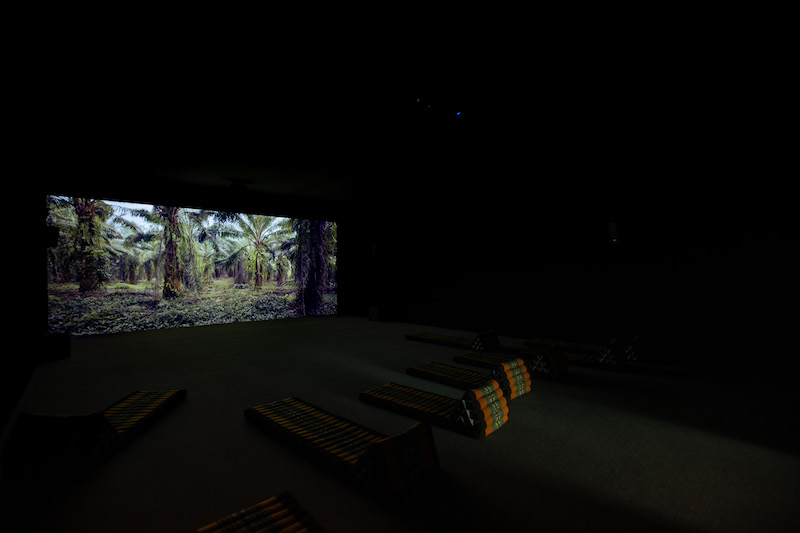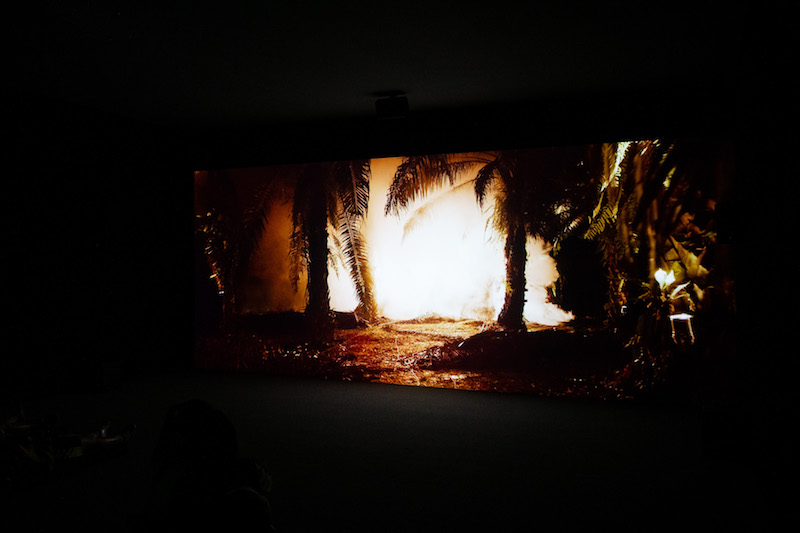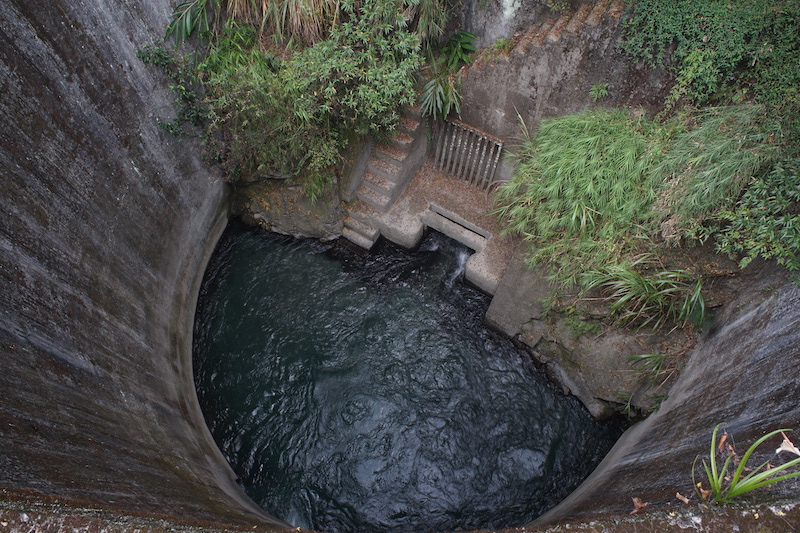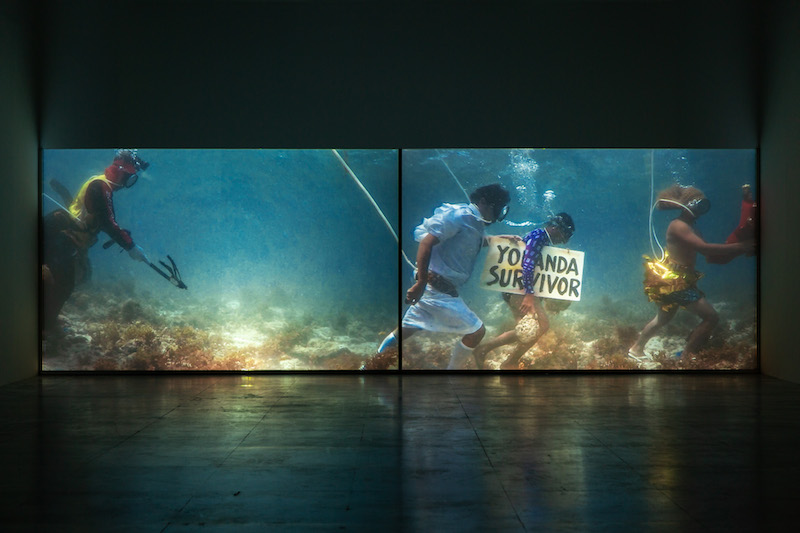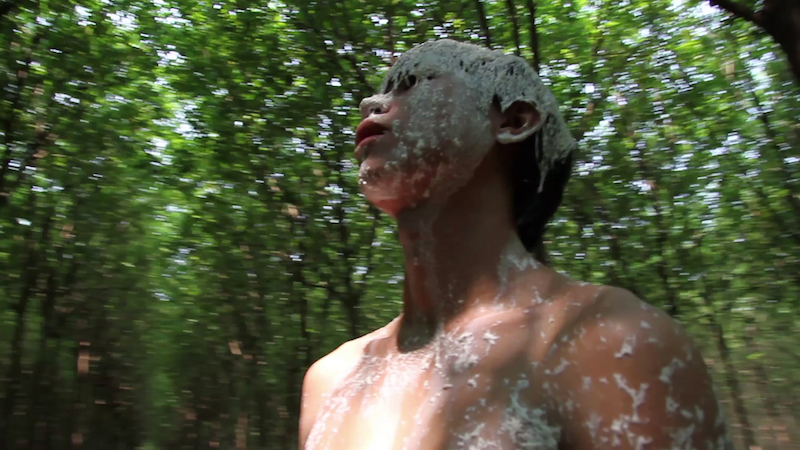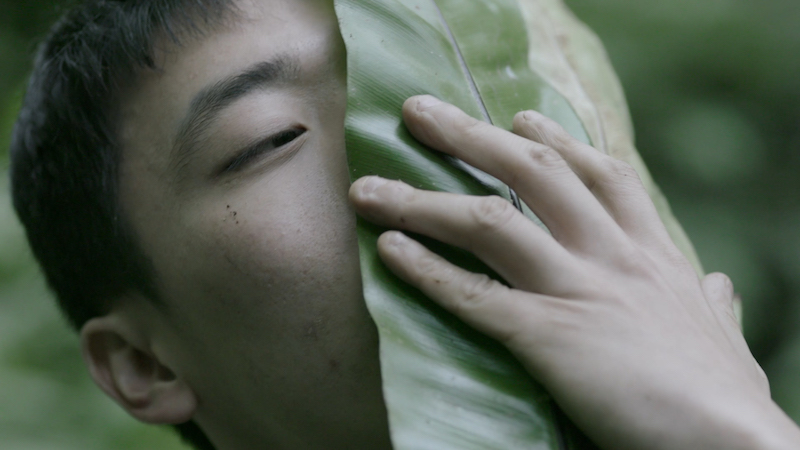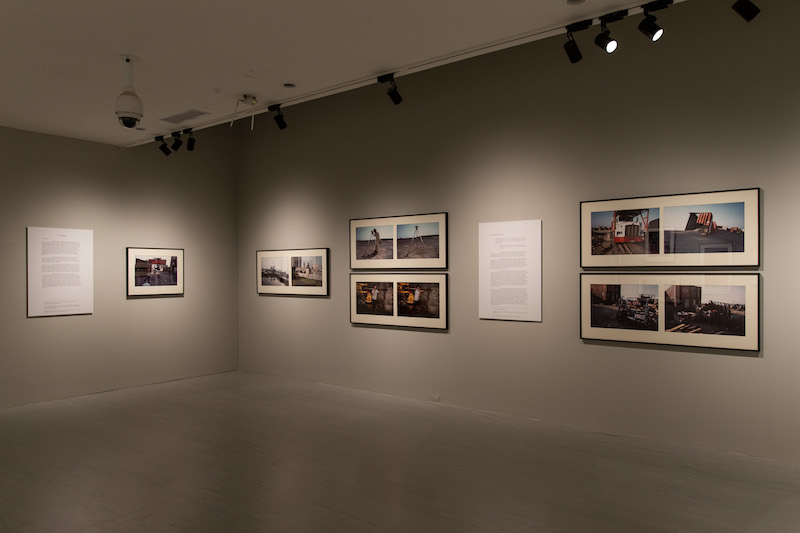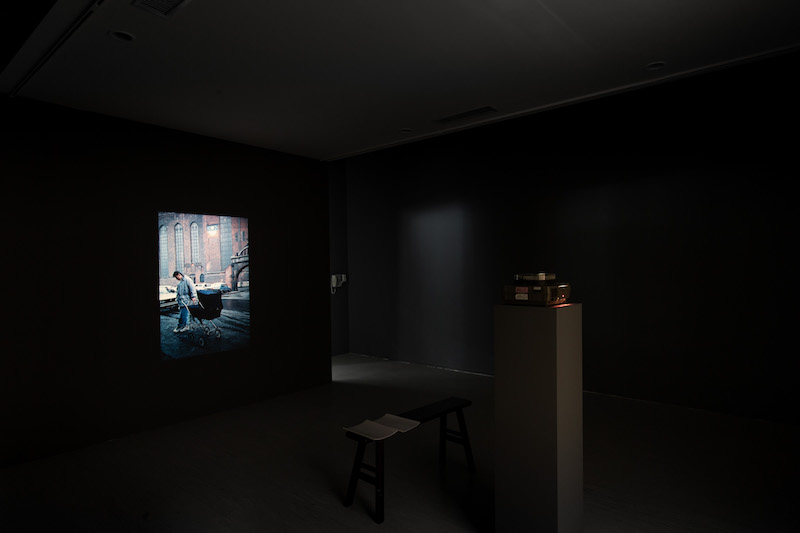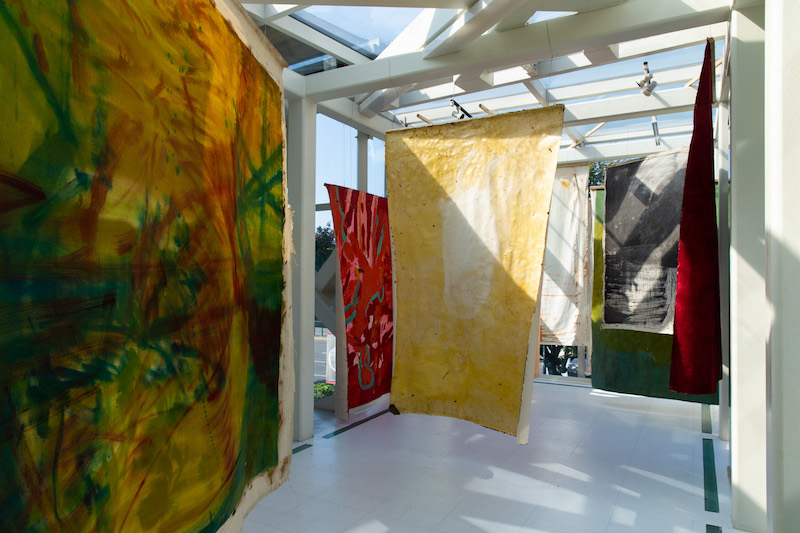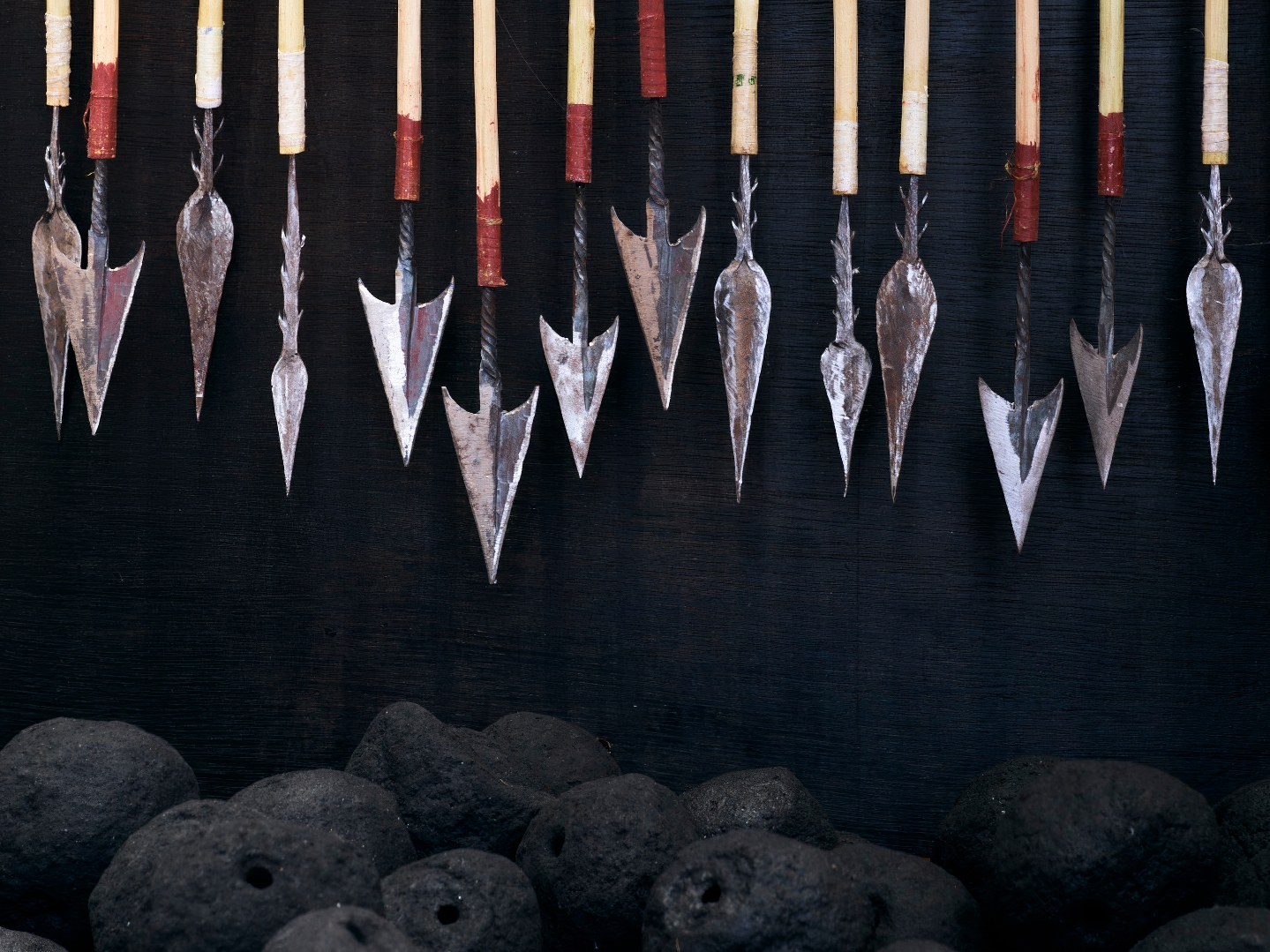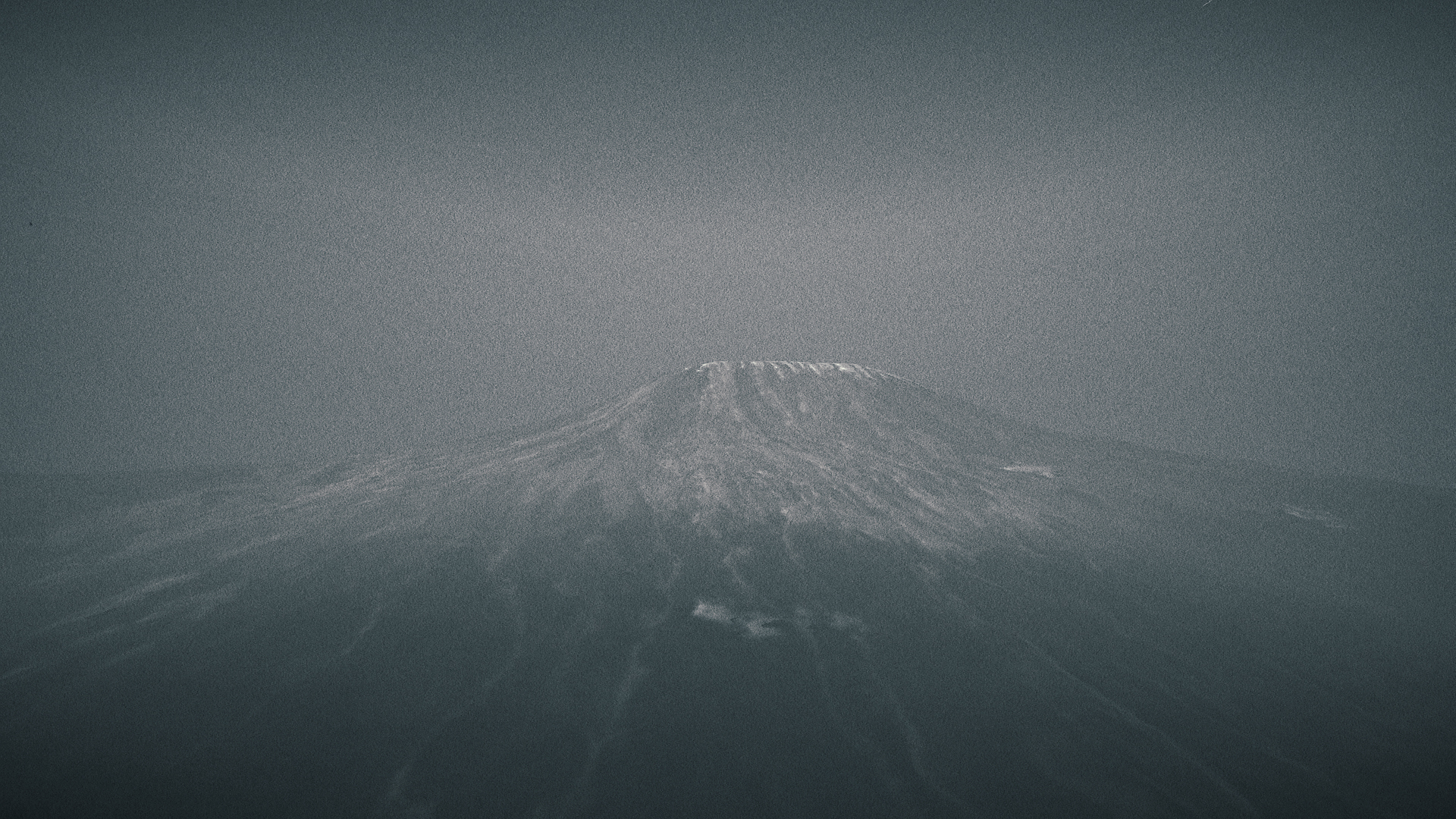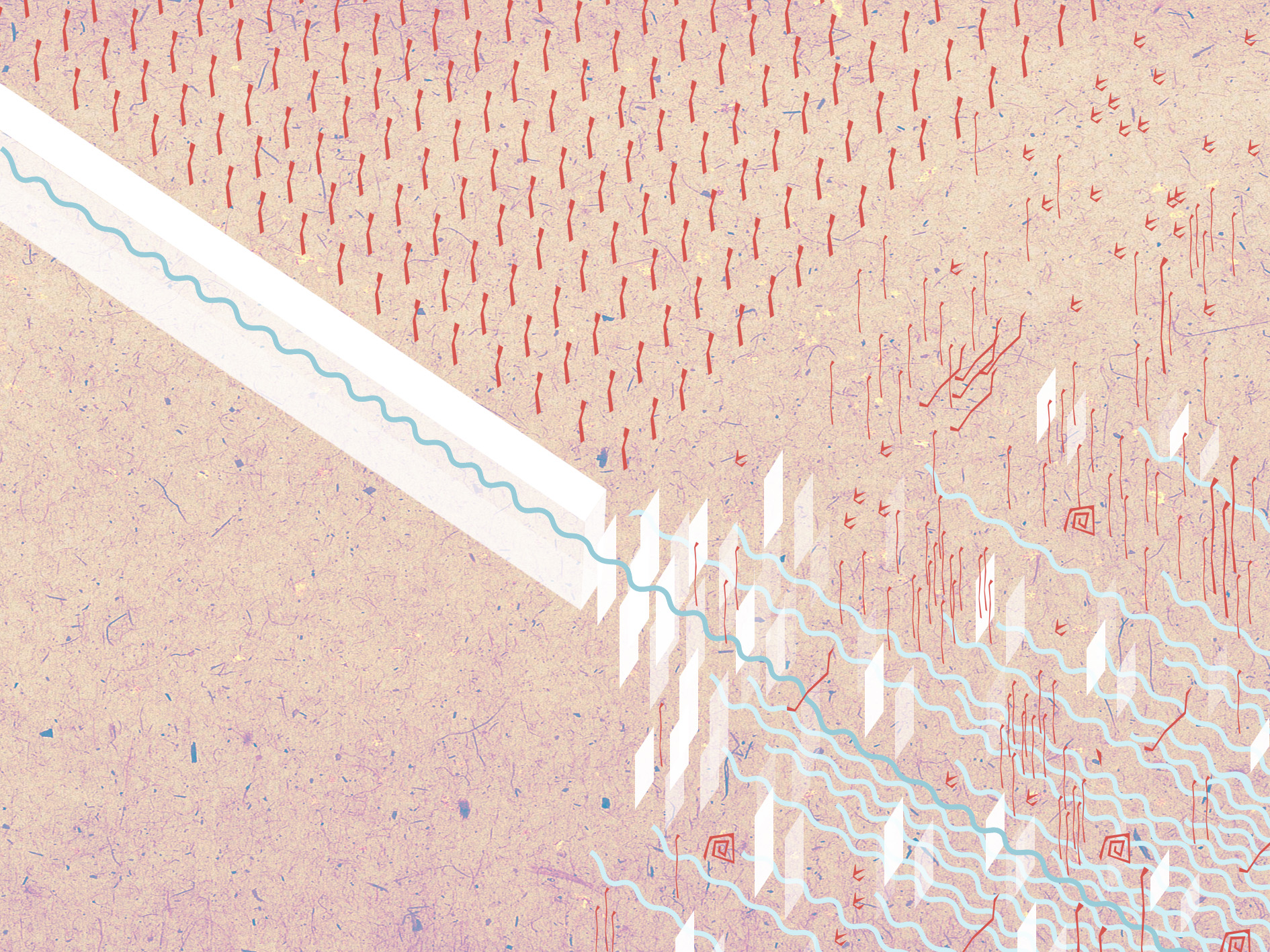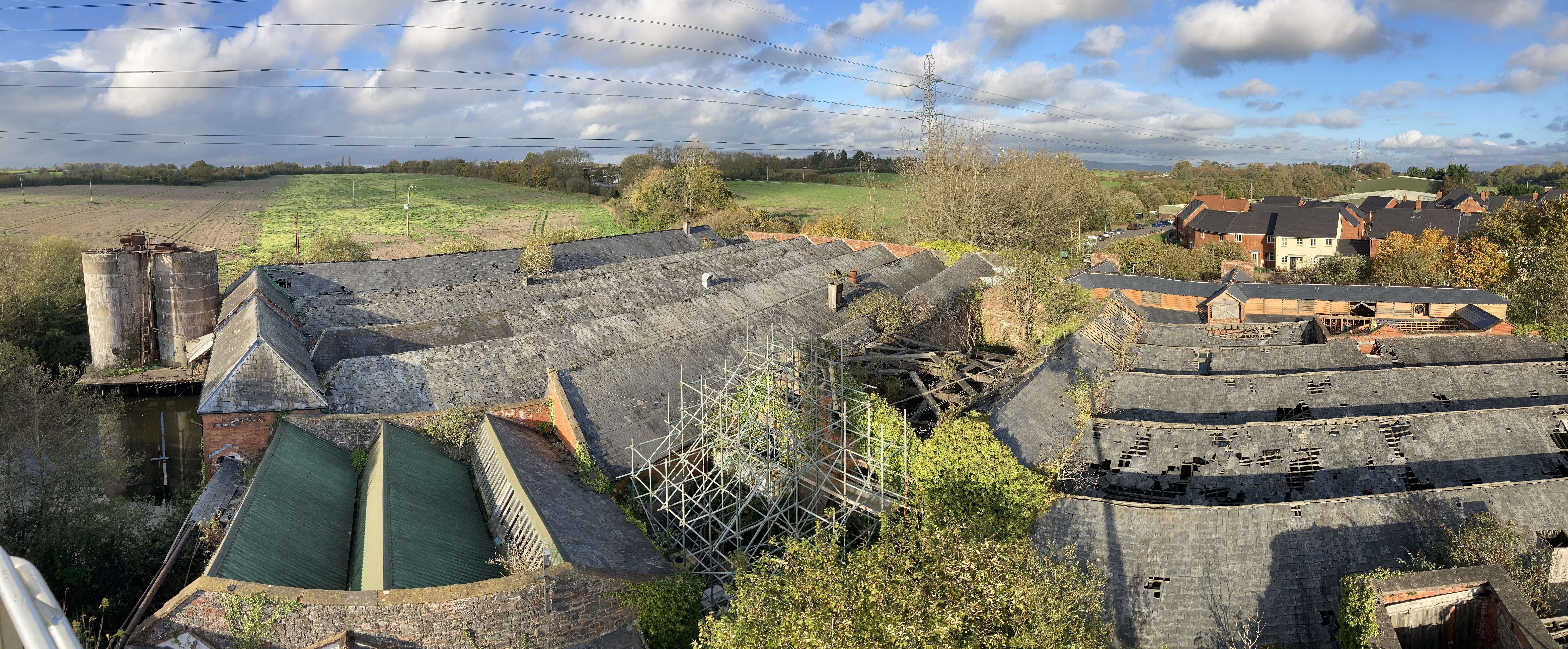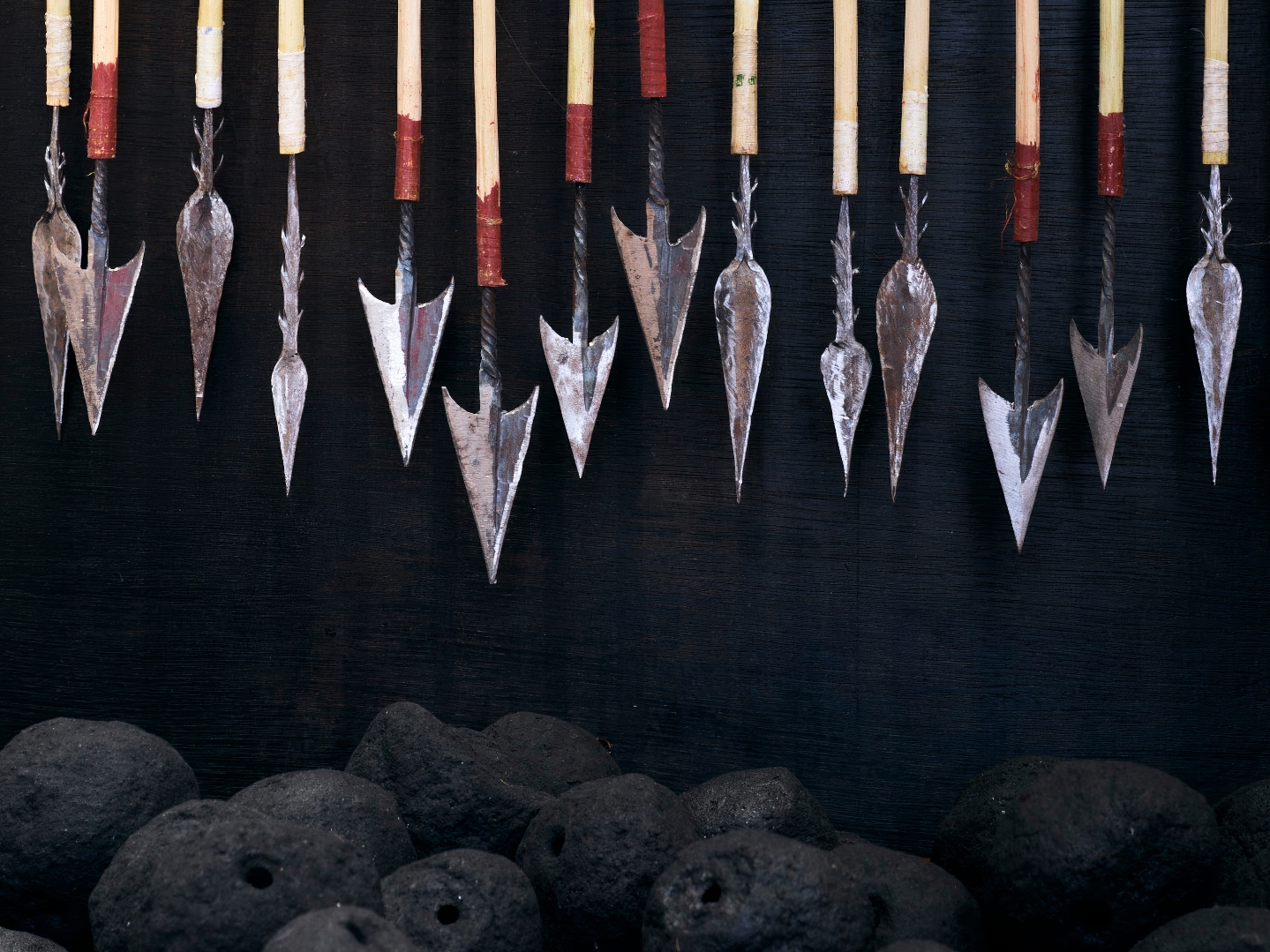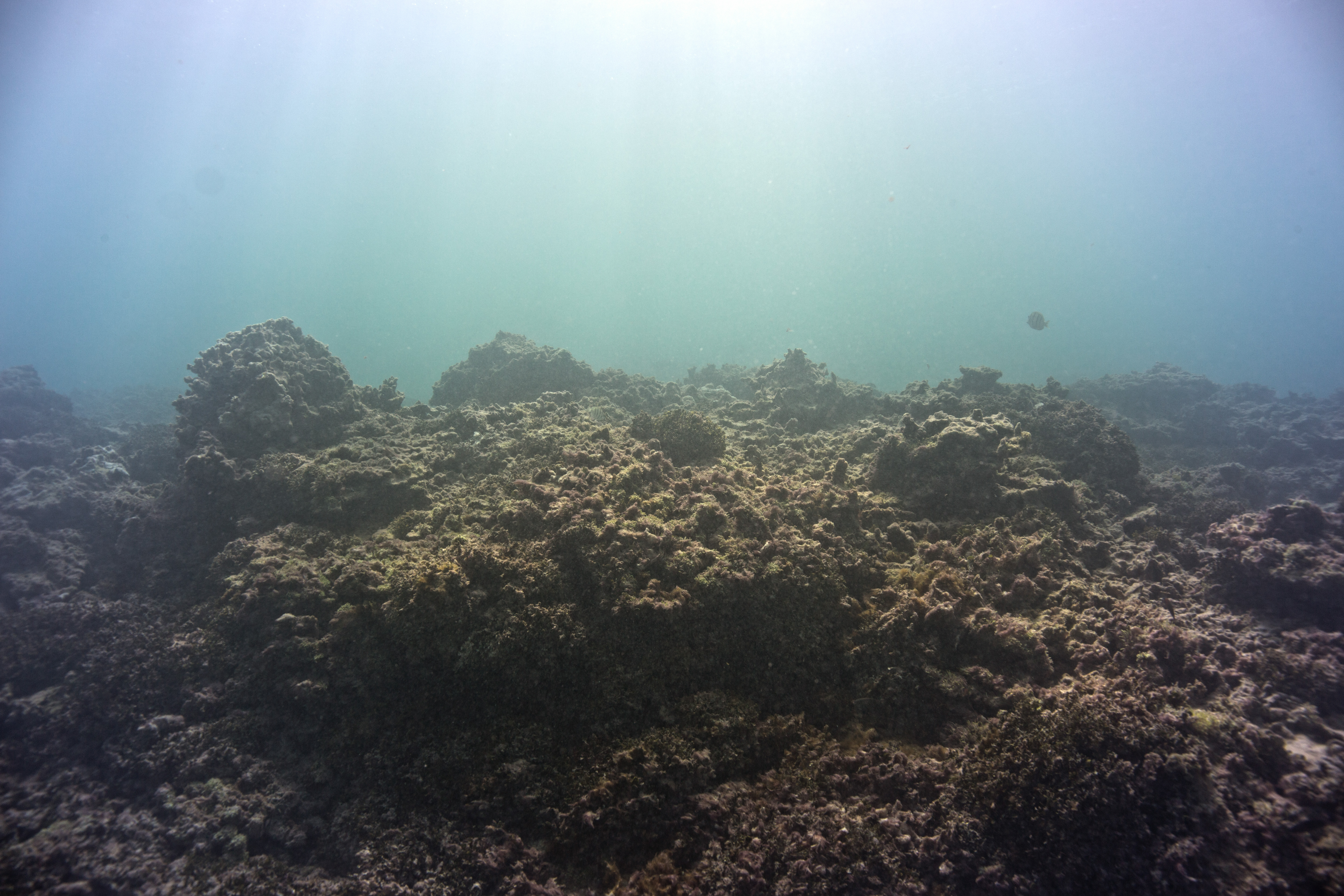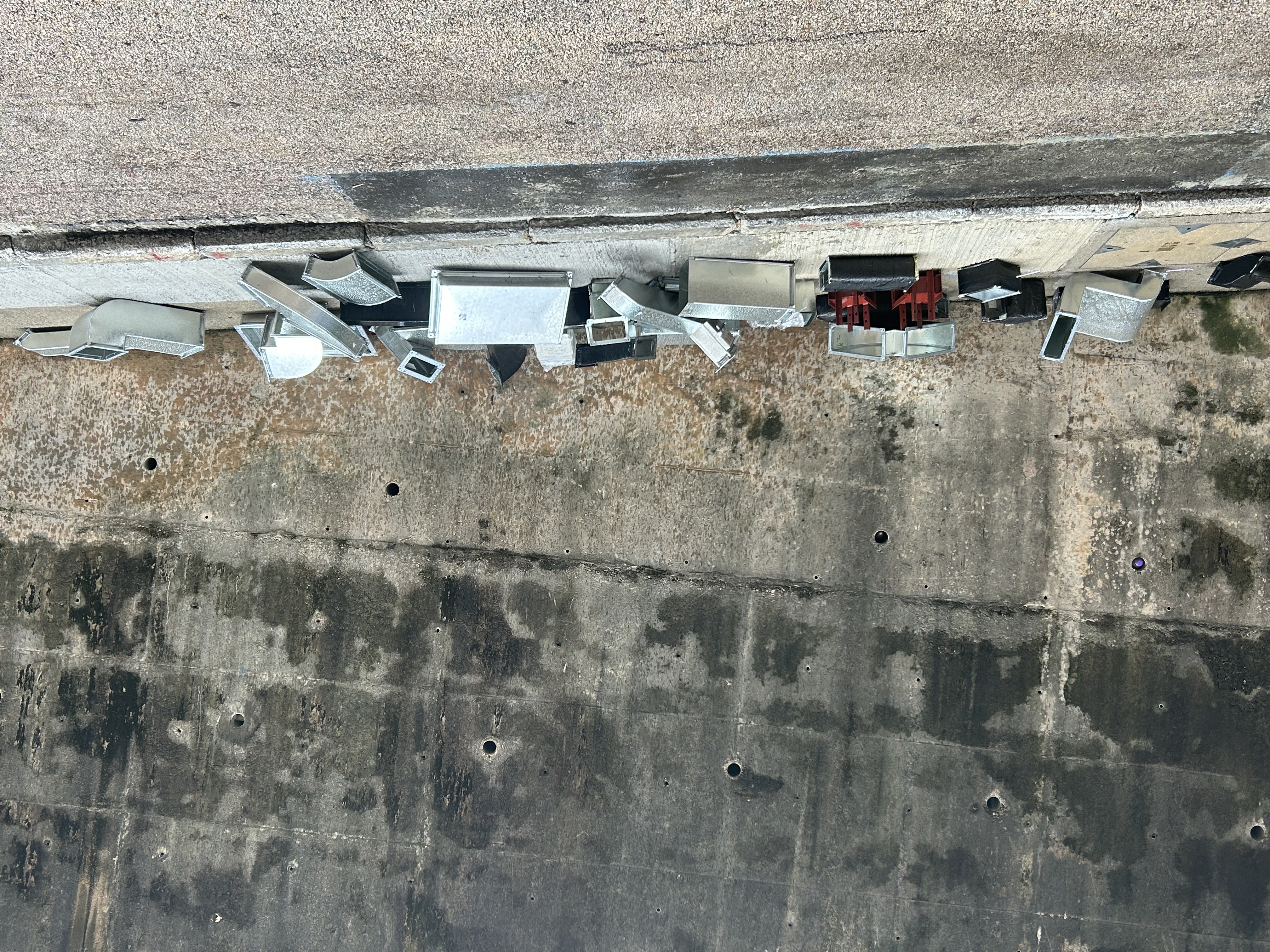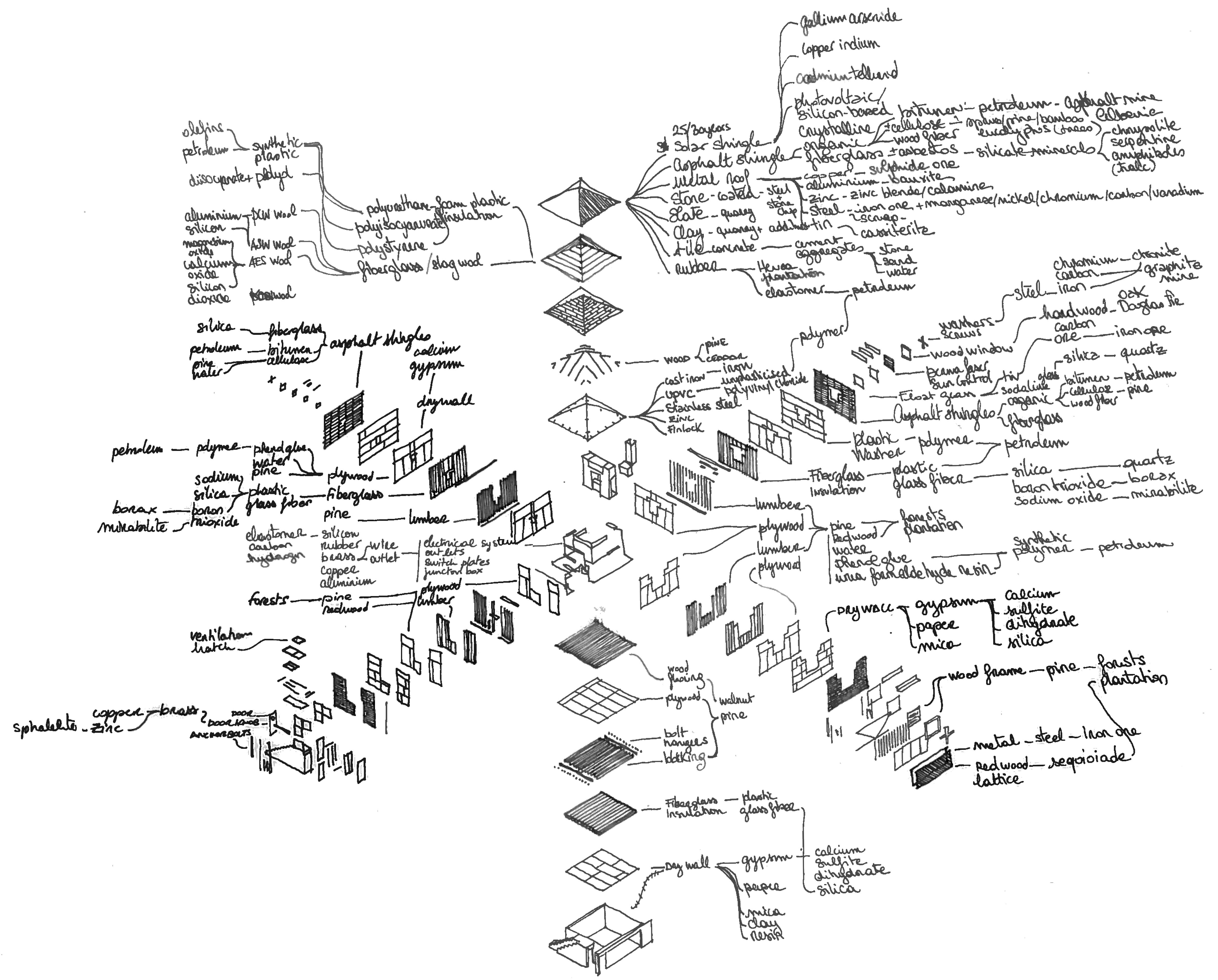November 17, 2018–March 10, 2019
What will come after what we know to be the twilight years of a livable earth? Though this question is implied in the title of “Post-Nature,” this edition of the Taipei Biennial, curated by Mali Wu and Francesco Manacorda, the exhibition itself offers impressions of natural life in the present, on the precipice of an unnamable future.
Alongside the biennial’s artists are non-artists—writers, documentary filmmakers, environmental groups, activist organizations, scientists, and designers—proposing the twinned dissolution of the boundaries between art and non-art, human and non-human. This provocation makes the exhibition a compelling vehicle by which to engage with theorists of the Anthropocene, and yet poses difficulty for those who think that art’s difference from other discourses is also what makes it good.
In thinking about what the environment means, or what it means to exhaust the earth, I return to Timothy Morton’s concept of hyperobjects: “things that are massively distributed in time and space relative to humans.”1 There’s something of the Romantic conception of the sublime in hyperobjects in that they exceed the scale of perception, a resonance Morton inscribes in his book with an epigram from Romantic poet Percy Bysshe Shelley: “the awful shadow of some unseen power.”
In Taipei, the shadow takes different forms, some beautiful. A glass-enclosed pavilion extends from the museum’s central atrium. In it, a suite of Vivian Suter’s paintings is densely hung on thin wires, large and unsteady, crossing and coinciding at irregular angles. One is required to move one’s body through them as through a forest. Alternately structured, graphic, washy, and loose, the paintings cycle through disorder and style. Some pieces are stuck with leaves, branches, and dirt from the nearby Lala Mountain; others bear traces of weather and biological life. One might be reminded here that Conceptualism’s sterility is an arbitrary condition for looking, that the labor of obscuring the relationship between a cultural product and its context can just be abandoned. Suter’s work casts tidy distinctions between nature and culture as fictions. I’m interested in this indivisibility on the scale of hyperobjects. How can one make sense of causality and cultural production on a scale that exceeds the human? An example: in April 1815, the volcanic eruption of Mount Tambora, on the Indonesian island of Sumbawa, spread ash and dust through the earth’s upper atmosphere, resulting in low temperatures and heavy rainfall in Europe the following summer. Consequent dramatic storms kept Mary and Percy Shelley indoors throughout their stay at Lord Byron’s villa on Lake Geneva in June 1816, and it was to endure the boredom of this confinement that Mary undertook the writing of Frankenstein. The Western canon owes its most enduring allegory for science’s threat to the social to the global effects of a climate event (“the awful shadow of some unseen power”).
Another example: contemporary Tambora is blanketed with oil palm plantations, whose harvest is ubiquitous among packaged products globally. The clearing of Indonesian tropical forests for monocultures of oil palm has depleted wildlife populations, casting developers, state agents, workers, and animals in a conflict characteristic of extraction economies. Julian Charrière’s 2018 video An Invitation to Disappear tracks through dark rows of palms in a Tambora plantation, accompanied by low-volume hallucinatory techno. Seventy-six minutes long and installed in an immersive theater, it matches slowness and high definition to the opulence of the forest in a trance of capitalist extraction.
The marriage of a luxurious cinematic style with the lushness of the natural world recurs often enough in the exhibition for it to read like a typology. Such works include filmmaker Huang Hsin-Yao’s video of the landscapes and industrial infrastructures guiding a Taiwanese canal (Contact Print of Baileng Canal, 2018); Martha Atienza’s video of an underwater, slow-motion parade (Our Islands 11°16’58.4”N 123°45’07.0”E, 2017); Khvay Samnang’s video Rubber Man (2014–15), in which the artist moves naked, coated in fresh rubber sap, through a forest; and Zheng Bo’s videos of people having sex with plants (Pteridophilia 1, 2, and 3, 2016–18). While the exhibition’s subtitle—“the museum as an ecosystem”—invokes ecology as a metaphor, its emphasis on forests, oceans, plants, and animals guides the exhibition toward the literal.
A happy exception is Allan Sekula’s landmark photographic study of maritime space, Fish Story (1989–1995), where labor, art history, industry, and the civic exist in combination with biological life. Of the series’ seven chapters, two are excerpted here, as are two sets of projected slides, each a maritime-realist mesh of images and text. The sixth chapter, “True Cross,” takes as its subject two adjacent waterfront landmarks in Veracruz, Mexico: the country’s largest container terminal, and San Juan de Ulúa, a sixteenth-century Spanish imperial fortress built from white coral gleaned from the nearby reef. One photo print pictures disused containers in which waterfront vendors live. Another shows a worker guiding a drill into the fortress’s coral wall.
Even in Sekula’s surfeit of images, there’s a sense here, as in the Romantic sublime, of material that exceeds representation: colonialism, global commodity distribution, macroeconomic histories of the earth. Benjamin Buchloh describes the contradiction “between the scope of a narrative of epic dimensions and an accumulation of often small photographic facts” as “the paradoxical conflict of the work.”2 Sekula contends that late twentieth-century maritime space exceeds the pictorial capacity of the panorama.3 Fish Story turns instead to metonymy, the part for the whole.
That paradox of wild disproportion—between large histories and their small constitutive facts—is also present in Candice Lin’s installation La Charada China (2018), staged in Taipei under a bath of deeply saturated fuchsia light. Shoots of sugar cane, poppy flower, and poisonous tropical flora grow from a central altar bounded by clouded jars and earthenware. Lin’s cultivations are chosen for their role in determining the geopolitical realities of the nineteenth-century Caribbean, where indentured Chinese laborers, displaced by the Opium Wars, were forced onto sugar plantations alongside enslaved African and Indigenous people. A projected video details the indelible union between histories of violence and the lives of plants.
In the hypercolor archeology of La Charada China, Lin shows the line drawn between humans and nonhumans as expedient rather than inherent, and subject to the racialized desires of capital and empire. As Anna Lowenhaupt Tsing writes, in the bind between economy and environment is “the history of the human concentration of wealth through making both humans and nonhumans into resources for investment,” which imbues “both people and things with alienation […] as if the entanglements of living did not matter.”4 Where “Post-Nature” succeeds, it’s in treating these entanglements of living as though they do.
Timothy Morton, Hyperobjects: Philosophy and Ecology after the End of the World (Minneapolis: University of Minnesota Press, 2013), 28.
Benjamin Buchloh, “Allan Sekula: Photography between Discourse and Document,” in Allan Sekula, Fish Story (Dusseldorf: Richter Verlag, 2002), 199.
Allan Sekula, Fish Story, 48.
Anna Lowenhaupt Tsing, The Mushroom at the End of the World: On the Possibility of Life in Capitalist Ruins (Princeton, NJ: Princeton University Press, 2015), 5.
